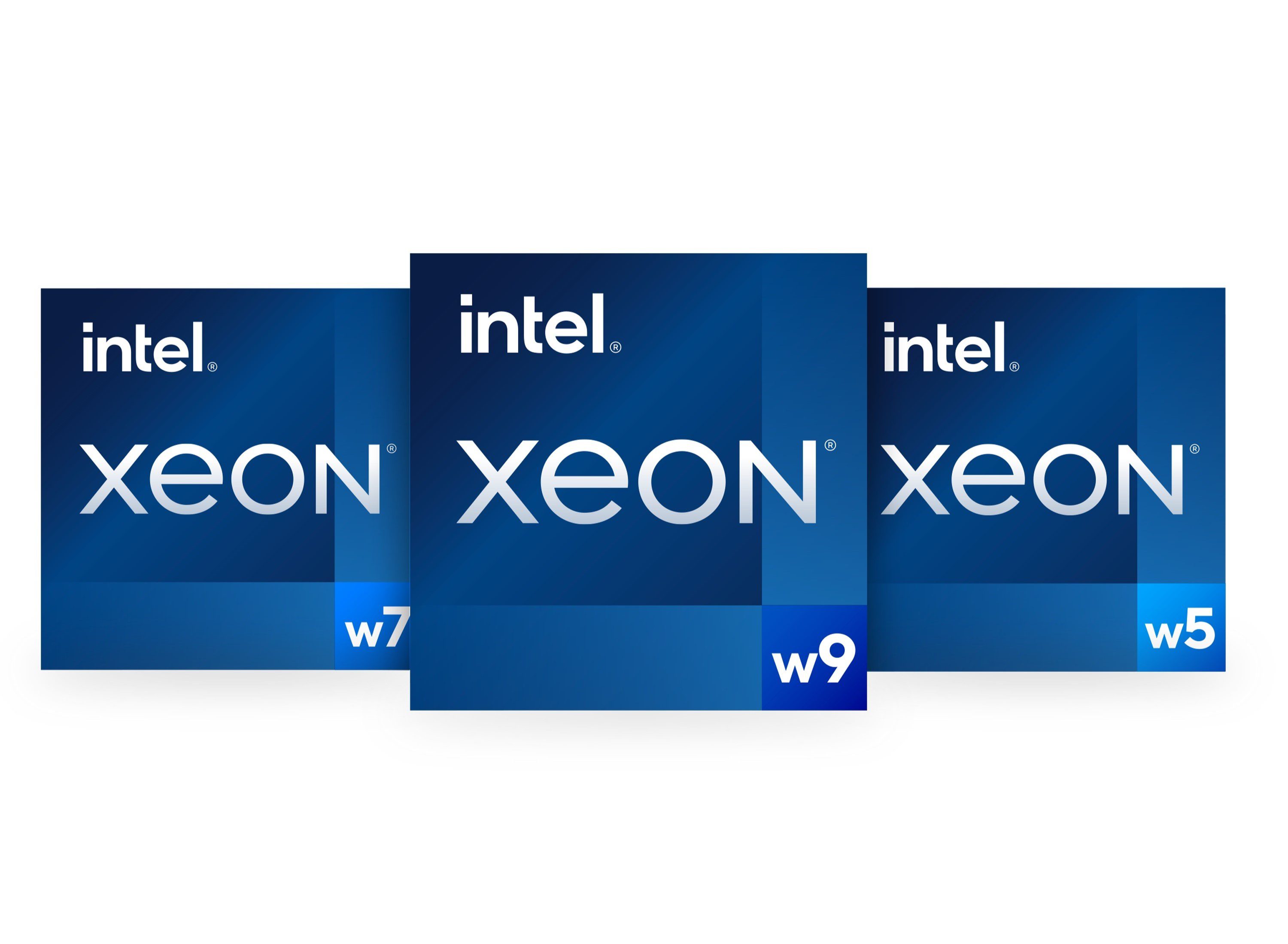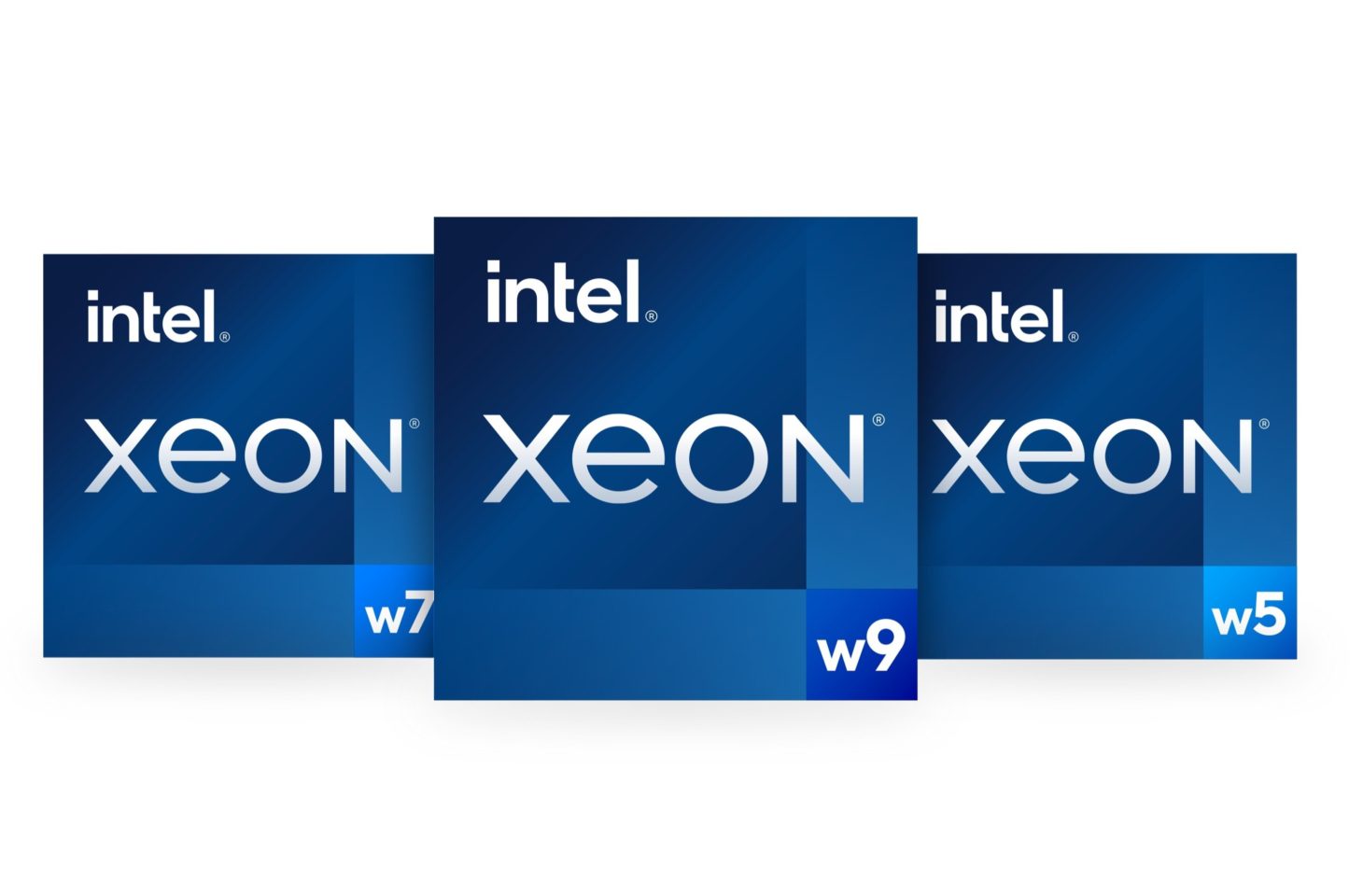Intel is launching two new processor families: Intel Xeon W-3500 and Xeon W-2500. Both chip series are aimed at workstations.
Intel is introducing two new CPU series tailored to workstations. The Intel Xeon W-3500 family contains the most advanced chips, while the Xeon W-2500 is designed for more mainstream workstations.
Older node
The chips are based on the Sapphire Rapids architecture and are baked by Intel itself using the Intel 7 baking process. So they do not use the latest technology, but the older 10nm node that has been around for many years.
The most powerful chip in the series is the Xeon w9-3595X. This processor has 60 processing cores, all with a base clock speed of 2 GHz and a boost capacity of up to 4.8 GHz. With Xeon-W, Intel has performance in mind, so all chips are equipped exclusively with powerful P-cores that support multithreading.
The Xeon W-2500 series includes more entry-level-friendly chips such as the Intel Xeon w3-2535, which is equipped with ten processing cores and has a base clock speed of 3.5 GHz.
Specifications
A selection of the other specifications you will find in the product ranges illustrate the focus on performance:
- Clock rate up to 4.8 GHz
- Up to 112.5 MB L3 cache
- 8 DDR5-4800 memory channels
- Up to 4 TB RAM
- Up to 112 PCIe 5.0 lanes
What is striking is that Intel largely refrains from marketing talk about AI with these professional chips. These processors do not have an NPU chiplet, which takes up valuable space.
The new chips are available now and will be used in PC manufacturers’ hardware. HP, Dell and Lenovo will introduce their first systems next month. Prices range from $609 (for the entry-level Xeon w3-2525) to $5,889 (for the top-of-the-line Xeon w9-3595).
Xeon-W vs. Threadripper Pro
Intel has to compete with AMD with its Xeon-W processors, especially with last year’s more powerful AMD Threadripper Pro offering. AMD has more powerful chips in its lineup, such as the Threadripper Pro 7995WX with 96 cores, higher base clock of 2.5 GHz and higher boost frequency of 5.1 GHz. Intel’s new offering doesn’t include a chip that can compete with that.
The closest competitor at the top of the spectrum is the 64-core AMD Ryzen Threadripper PRO 7985WX, which faces the Intel Xeon w9-3595. AMD’s processor has a handful of extra cores, a significantly higher clock speed (3.2 GHz and 5.1 GHz Turbo), and is powered by the more modern TSMC 5nm node.
Intel can’t win here in terms of performance, but the company has learned from that in recent years. If you compare the recommended retail price of both chips in dollars at launch, the Intel processor is significantly cheaper at $5,889 than the AMD processor at $7,349.














